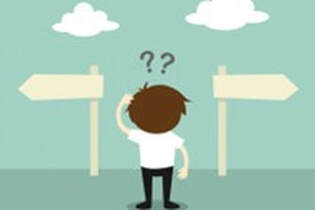
But before we delve into this discussion any further, there is another venue I must mention: pay-to-publish companies.
Pay-to-Publish
A Vanity or Predatory Publisher is in business to make money off the author. So they charge ridiculously high prices and don't care about their substandard products or the authors. Yet, as long as people willingly pay their fees, the industry flourishes.
Not all pay-to-publish presses are out to get you, though. There are some Service Publishers who honestly want to help authors publish their books. However, they must charge a fee to stay in business.
The problem is weeding out the good guys from the bad guys.
There is a difference between vanity and service publishers, but neither one is worth the sizeable investment necessary for their services. The best solution is to stay away from all pay-to-publish companies.
Self-Serve or Full Service
What is the most advantageous route for you? There are advantages and disadvantages to either selection. An independent press does all the prep work necessary to publish your book but takes half of your royalties as compensation. For some folks, it's well worth the monetary sacrifice to have someone else do the editing, formatting, cover design, and publishing! A drawback to an independent publisher is the time factor. Getting your book on the market can take a few months to almost a year.
If you have the funds to pay for the services you cannot do yourself and want to keep all the royalties as well as have total control of the whole process, then self-publishing is the way to go. It's a lot of work, but help is available whenever needed. Plus, you can work on it at your own pace.
Of course, an individual's preferences determine which path to take. What works for one person may not be suitable for another. You just have to do your research and decide for yourself.
I spoke with two established authors who followed different routes during their publishing journey. Hopefully, their experiences will assist you as you wade through all the information available on the internet.
Independent Presses
Sharon Ledwith never had any interest in self-publishing. Instead, she concentrated on finding the ideal small press that worked best for her. There are many out there, and even though they offer the same services (editing, formatting, designing a book cover, and publishing), they differ in the support and attention they give to the author, as well as the quality of the books they put out.
She has worked with two small presses. The first, Musa Publishing, went out of business in 2015. Sharon says, "I would compare them to a puppy mill publisher where they would churn out as many eBooks as possible in different genres. They were helpful as far as learning the ropes about being a published author and what is expected from their authors, but that's it."
The publisher she is with now, Mirror World is totally different. According to Sharon, "They are very supportive and grounded and only publish about six books a year." Along with the typical small press services, they also pay for a virtual week-long book tour, share marketing and promotion, and will print up advertisements when Sharon requests them.
Mirror World's earnings come from 50% of the eBook’s royalties. So, the publisher has plenty of incentive to put in the work and do it right!
An added bonus of living near Mirror World's headquarters, Sharon gets to join them at book shows and art markets. She is delighted with the choice she's made and recommends small presses over self-publishing. "I love to work with a team."
Self-publishing
On the other hand, KS (Kat) Brooks disagrees. She began her writing career as a traditionally published author. At the time, that was the only choice. There was no such thing as self-publishing. Kat comments, "You got published by one of the big publishers, or you didn't get published."
Nowadays, it's a different ballgame. There are choices, yet Kat highly recommends self-publishing. She says it's available to everyone. You do all the work yourself—hire an editor, make a cover, format the books—and keep all the royalties, as opposed to sharing the royalties with a publisher.
"With all the resources available online, an author no longer needs to rely on hiring a publisher. On Indies Unlimited, we have pages on editors, cover designers, and beta readers. There are also many other resources out there as well that will guide you through the process."
As far as sales go, Kat believes some small presses price things in a way that do hold authors back. "But a lot of them have smartened up and changed their models and now try to price ebooks more competitively, but many others will not."
With all the pros and cons considered, Kat always tell authors starting out to go with self-publishing. “I mean, the real question is, why go through a middleman? Why give someone a cut of your hard work when you can do the same thing and keep all the money?"
Decisions, Decisions
Whether you're publishing your first book or your tenth, the goal is the same – produce a quality product that is well-edited, has an appealing cover, and will please your prospective readers. How that task is accomplished is up to you.
Do your homework before making a decision. Then see what fits your style and go for it. Good luck!




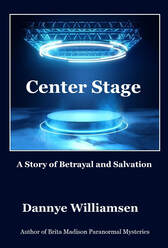



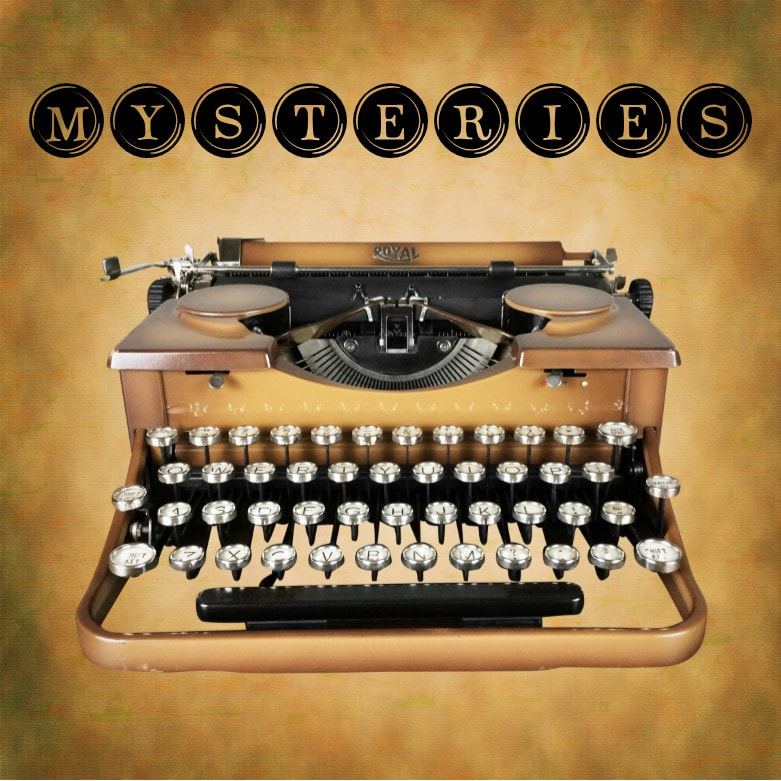
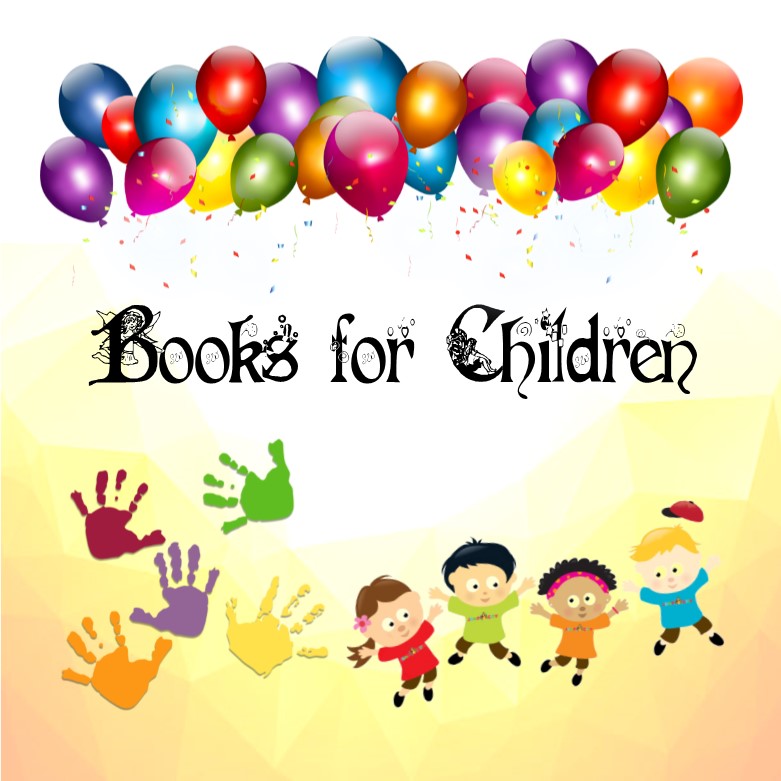
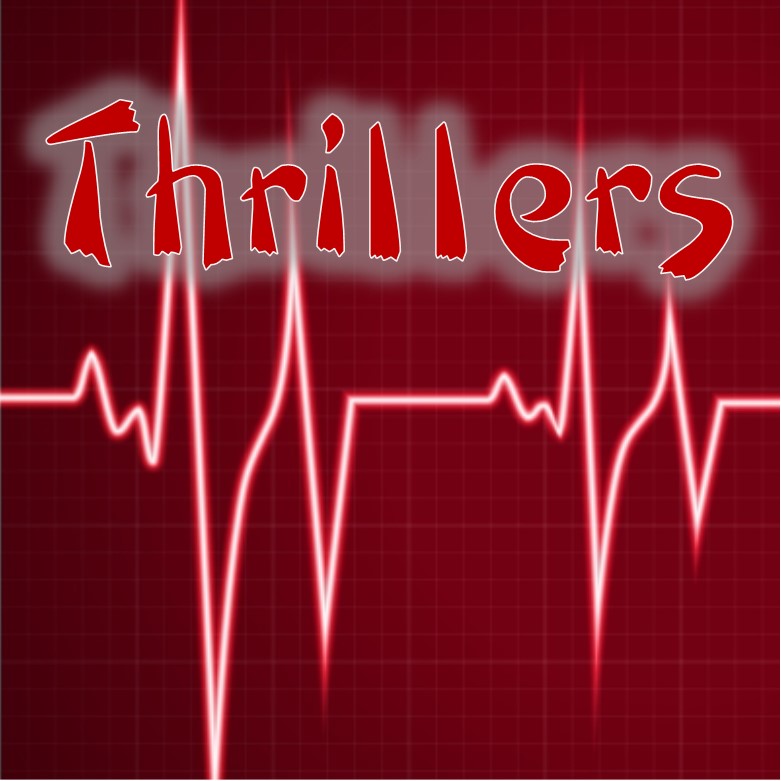
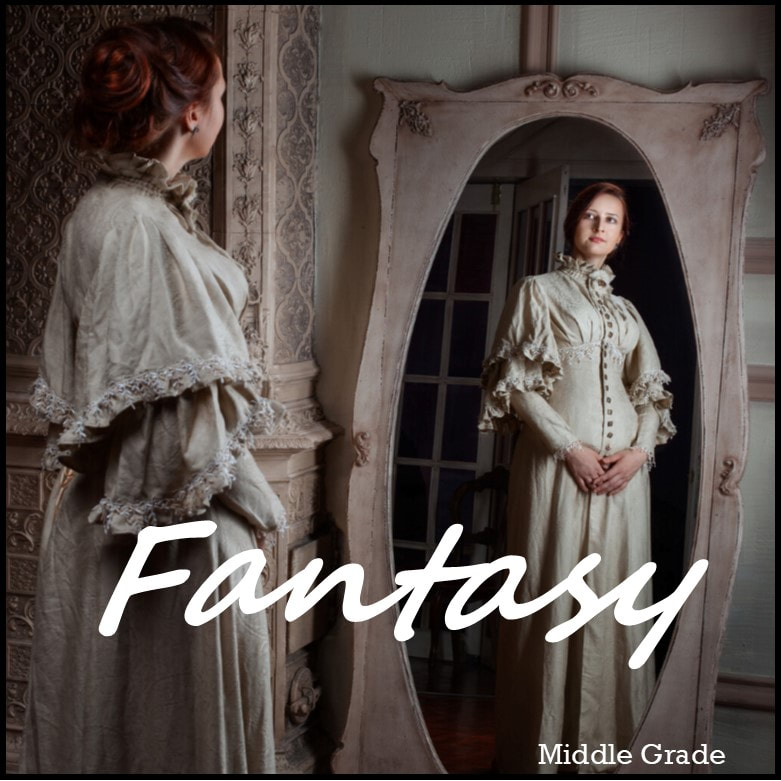

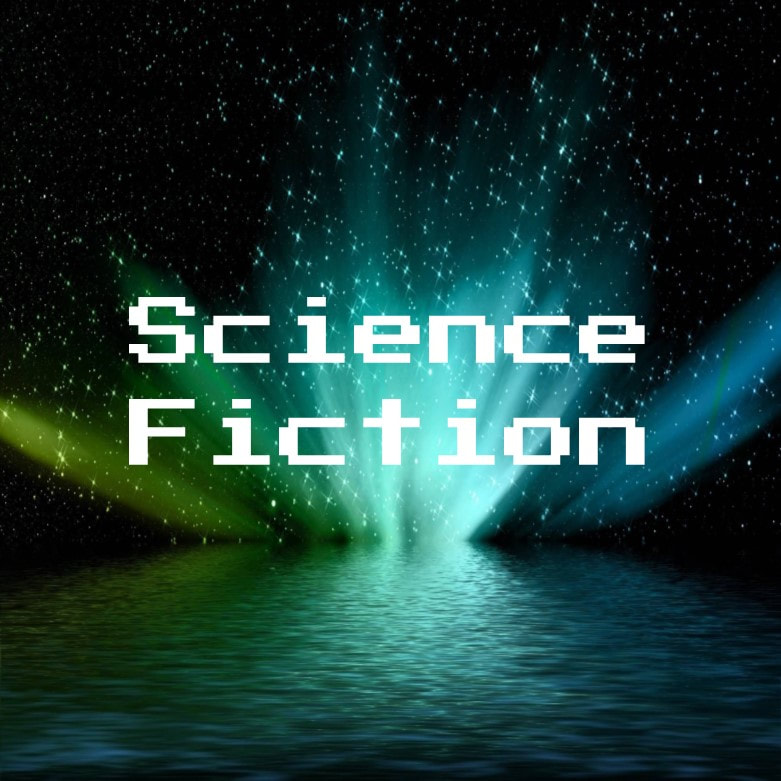



 RSS Feed
RSS Feed